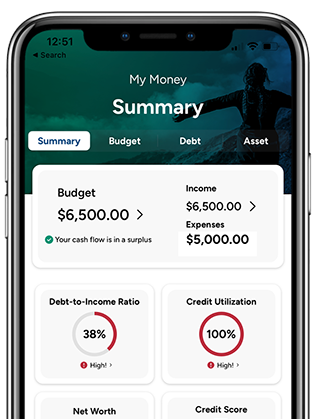Planning for your child’s college education can feel overwhelming, but starting early and using SMART goals can make this significant financial commitment more manageable. Let’s explore how to effectively save for college by setting SMART goals. Find peace of mind knowing you’re on the right path.
What are SMART goals?
SMART goals are a strategic framework designed to provide clarity and direction in goal-setting, making it easier to track progress and achieve objectives efficiently. SMART stands for Specific, Measurable, Achievable, Relevant, and Time-bound. This means that goals should be clearly defined and focused (Specific), include criteria for measuring progress (Measurable), be realistically attainable (Achievable), align with broader objectives (Relevant), and have a set deadline (Time-bound). By adhering to these principles, individuals and organizations can foster a proactive and organized approach to personal and professional development, ultimately enhancing their chances of success and fulfillment.
Specific Goals: Define Your Target
First you need to set a specific target. Vague goals such as “save money for college” aren’t as actionable as a well-defined objective. Instead, consider setting a goal like, “I want to save $100,000 for my child’s college education by the time they turn 18.” This level of specificity provides a clear direction and purpose for your savings efforts.
Research
Next, research the current costs of college tuition, room, and board for the type of institution your child may attend. For example, whether it’ll be a public, private, or community college in order to help determine your specific goal. Take into account inflation rates and potential increases in tuition over the years. Once you have a ballpark figure, you’ll be able to set a more realistic and specific savings target.
Measurable Goals: Track Your Progress
A goal without a way to measure progress is like a ship without a compass. To ensure that you’re on track to meet your savings target, it’s crucial to set measurable milestones and regularly monitor your progress.
Set incremental targets, you can easily track your progress and make adjustments as needed. Use tools like savings calculators, budgeting apps, or even a simple spreadsheet to keep an eye on your contributions and growth over time. Budgeting apps like CreditU can help you create goals and track them. Easily track your progress.
Regularly reviewing your progress not only keeps you accountable but also provides an opportunity to celebrate small victories along the way. Hitting these milestones can be incredibly motivating and reinforce your commitment to your long-term goal.
Achievable Goals: Be Realistic
While it’s important to dream big, setting an unattainable goal can lead to frustration and discouragement. When establishing your college savings target, consider your current financial situation, income, and other financial obligations. An achievable goal should stretch your capabilities without causing undue stress or financial strain.
To make your goal more attainable, explore different savings vehicles and strategies. For example, 529 college savings plans offer tax advantages and can be a powerful tool for accumulating college funds. Additionally, consider setting up automatic contributions to your savings account to ensure consistent progress without the temptation to divert funds elsewhere.
Remember, it’s okay to start small and gradually increase your contributions over time. The key is to establish a sustainable savings habit that aligns with your financial capacity and long-term objectives.
Relevant Goals: Align with Your Values
Your college savings SMART goal should be relevant and aligned with your overall financial plan and personal values. Reflect on why saving for your child’s education is important to you and how it fits into your broader financial picture.
Consider how your savings goal aligns with other priorities, such as retirement planning. Balancing multiple financial goals can be challenging, but ensuring that your college savings efforts are integrated with your overall financial strategy will help you stay focused and motivated.
Additionally, involve your child in the conversation as they grow older. Educate them about the importance of saving. Also encourage them to look for scholarships or part-time jobs to their educational expenses.
Time-bound Goals: Set a Deadline
Setting a deadline for your college savings SMART goal creates a sense of urgency and helps you stay disciplined. A time-bound goal, for example, “I want to save $100,000 by my child’s 18th birthday,” provides a clear endpoint and allows you to create a structured savings plan.
Next break down your timeline into smaller intervals. Annual or monthly targets, can make the process more manageable. This approach enables you to make steady progress and adjust your strategy as needed based on changes in your financial situation.
After that, consider using tools like a college savings calculator to project your savings growth over time and adjust your contributions accordingly. Staying flexible and adaptable is key, as life circumstances and financial markets can change.
The Power of SMART Goals
To sum everything up, saving for college is a significant financial undertaking. Setting specific, measurable, achievable, relevant, and time-bound goals provides a roadmap for your savings journey and increases the likelihood of reaching your target.
Most Importantly, Start Early
Starting early is crucial, as it allows you to take advantage of compound interest and gives you more time to adjust your strategy as needed. By staying disciplined, regularly reviewing your progress, and remaining flexible, you can build a robust education fund that will help your child achieve their academic dreams.
Remember, every small step you take today brings you closer to your ultimate goal. With determination, planning, and the power of SMART goals, you can confidently navigate the path to saving for college and securing a bright future for your child.
If you’re struggling to pay off debt, ACCC can help. Schedule a free credit counseling session with us today.






